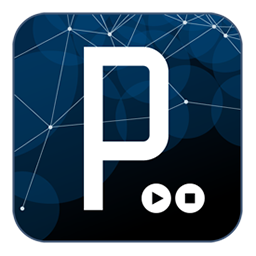
To program computers, we use programming code which is comprised of human readable commands. When the code is run, it is transformed into a machine language which computers can understand.
Since computers really only understand 0s and 1s, we need a way to translate our code into machine language. To do that, we need to use an Integrated Development Environment (IDE). An IDE is a software development system - a text editor with special properties that can transform code into machine language. Changing programming code to machine language is called compiling.

Devices with digital intelligence (computers, smartphones, internet servers, elevators, ovens, etc.) have different capabilities and therefore require a slightly different machine language from one to the other. However, there is a programming language called Java which once compiled, makes it very easy to port to the different devices. There are many ways to program in Java, but we will focus on using a software called Processing.
Processing is used by designers and artists to create installations and games for computers, phones, and websites. It is a free, open source software, meaning that you can download and install it free of charge. It runs on desktops and laptops that use Windows, Mac OSX, or Linux.
The Processing IDE interface is very simple. The toolbar is as follows:
 Run the program
Run the program
 Stop the program
Stop the program
 Create a new program
Create a new program
 Open an existing program
Open an existing program
 Save the program
Save the program
 Export the program
Export the program
Processing runs lines of code, also known as a program, directly on your computer. You can also compile and export the program to send to other computers. Programs, once exported as machine code, are called applications. These application can then be run on a computer, a phone, or on a website.
To make your own programs and applications, you will start by learning some basics about computer screens, color and coordinates. This knowledge will help you when writing your own interactive programs.